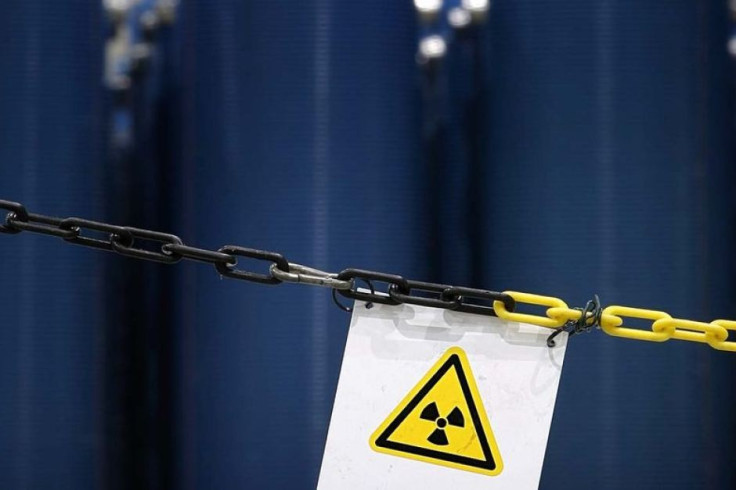Californium: 'Snake Oil' Element Set to Change Game on Radioactive Waste

Chemists have made a breakthrough in research into how radioactive waste is stored – through an element called californium.
The team from the Florida State University said their research into the fringe element of the periodic table could change the world in terms of how radioactive waste is stored and how fuel is recycled.
Californium, or Cf, is a radioactive metallic element. It was first made at the University of California, Berkeley, in 1950 when scientists bonded curium with alpha particles.
Now, researchers have completed a set of carefully choreographed experiments to demonstrate californium's amazing ability to bond and separate other materials, and that it is extremely resistant to radiation damage.
"It's almost like snake oil," lead researcher Thomas Albrecht-Schmitt said. "It sounds almost too good to be true."
Published in the journal Nature Chemistry, the researchers said that in the future, californium could be used to build new storage units for radioactive waste and help separate radioactive fuel, so it can be recycled.
"This has real world application. It's not purely an academic practice," he said.

To make their discovery, the researchers worked with the US Department of Energy to obtain five milligrams of californium - at a cost of $1.4m (£845,000).
Researchers from across the world then helped work with the Florida team to establish what californium could be used to.
David A Dixon, from the University of Alabama, helped provide the calculations to work out why californium can bond in such a unique way.
Researchers at the Wulf Depmeier in Germany also provided a better understanding of the structure of californium.
"We're changing how people look at californium and how it can be used," Albrecht-Schmitt said.
Their research comes as radioactive waste being stored underground leaked at a site in New Mexico, with workers inhaling dangerous materials into their bodies. They inhaled plutonium and americium, which can bombard a person's internal organs with subatomic particles for the rest of their lives.
Following the leak, the Los Alamos National Laboratory provided a temporary home for 1,000 barrels of radioactive waste.
© Copyright IBTimes 2025. All rights reserved.






















